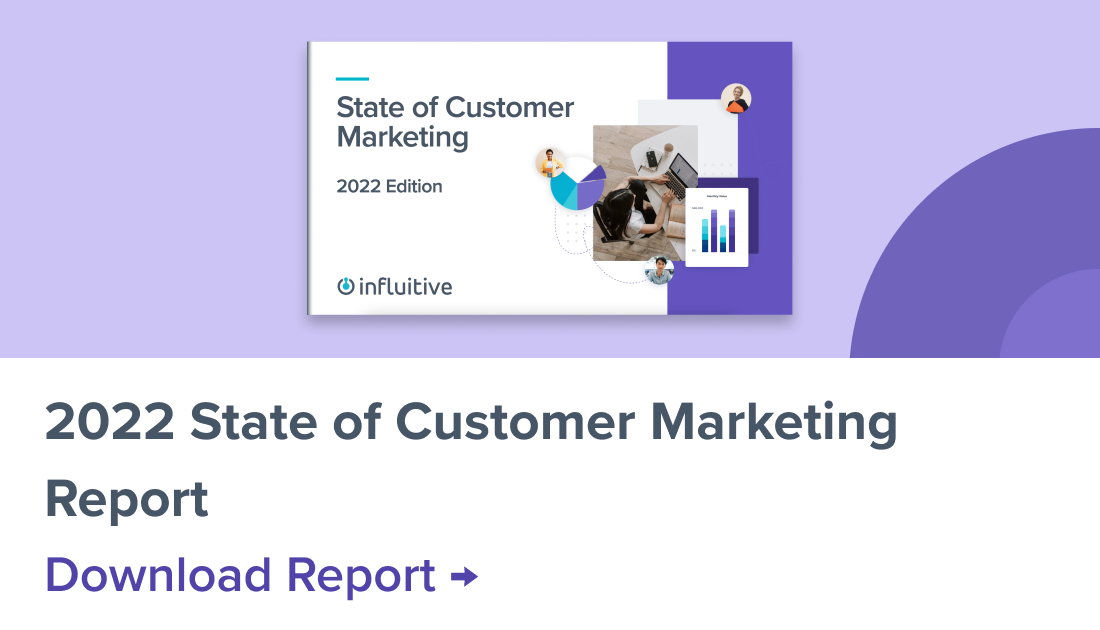If you were to ask a group of B2B community managers what keeps them up at night, you’d likely hear the same concerns at the top of their list: customer engagement, lack of resources and, of course, ROI.
Proving the ROI of your branded community and understanding how to measure its success are not only important in order to satisfy the C-suite, but also critical to the long-term viability of your program.
However, many B2B community managers are unsure about how to get started.
That’s why we’ve pulled together a few tips to help you navigate the community ROI waters a bit more smoothly, and make measuring success a little less scary.
1. Define your goals and make a plan
According to the 2017 Community Value and Metrics Report, 44% of branded communities had the metrics they wanted to track in place within six months of their launch. Furthermore, 58% of respondents were confident or very confident in the metrics they planned on tracking.
If you’ve already developed a roadmap for your online community, you’re well on your way. If not, begin to identify business outcomes that can either be achieved or helped by your community initiatives. 93% of respondents to the 2017 Community Value and Metrics Report said that measuring the value of their community led to increased interest from other departments—meaning that you’re more likely to get their support as well.
Your roadmap should also include the metrics you’ll use to identify success. Whether you’re looking at membership numbers, video viewing metrics, or number of forum questions answered, it’s important that you understand, document and work toward your goals with each initiative that you undertake.
2. Look at the numbers
There are many quantitative metrics that you can apply to your customer community if you look hard enough. Here are a few to start you off:
A. Community growth
Although growing your community from 5 to 5,000 in just a few weeks seems like a dream come true, don’t expect this metric to climb overnight. B2B communities are all about building relationships and trust, which take time to develop. Be sure to educate your executives about what to expect in terms of membership growth—and for all other metrics, for that matter.
If you need an extra membership boost, call on your most passionate fans—otherwise known as your advocates—to recruit a colleague or two. (Just don’t forget to reward them appropriately.)
B. Number of community interactions and engagement
In the 2017 Community Value and Metrics Report, 66% of respondents defined their community as a space where members develop relationships with each other offline and online. Metrics you could measure related to interactions and engagement include:
- Growth in number of posts contributed by members
- Survey responses
- Number of comments made to blog posts
- Number of downloads for specific documents
- Number of uploads of photos or videos
Want to see your numbers climb? Challenge your advocates to contribute content such as articles, photos and videos. When fellow members see one of their own featured in the community, they’ll become inspired to contribute themselves!
C. Community actions tied to revenue
Although more difficult to measure, tying user interactions to revenue is clearly a win for community managers. According to the 2017 Community Value and Metrics Report, the most popular community metric to track is retention at 54% of respondents. By integrating your community with your marketing automation system as well as your CRM, you can track actions such as clicks and downloads back to leads, conversions, and even sales. (Just make sure you’re including prospects in your community!)
3. Don’t forget customer satisfaction & feedback
Showing an increase in customer satisfaction, or how community feedback has helped you improve products, are other ways to demonstrate that your community is providing value.
Take frequent polls to measure satisfaction and to ensure you’re staying on track. Consider the impact of not only continuously gathering feedback, but acting on it as well. Remember that your community can also act as an early warning mechanism, allowing you to proactively address issues before they affect your wider customer base.
4. Listen for customer silence
As you can see, there are several ways to ensure that your community stays healthy. However, there is one metric you should always keep your eye on: how much (or how little) is going on within your branded community.
Rafe Jeune, former Community Manager at L Marks, summed it up best: “As soon as things start to go silent, it’s unhealthy, and things need to change.”
Whatever the reason, it’s crucial to listen to what your customers are saying inside your community so that you can adapt in response to their feedback. This way, you’ll be able to increase engagement while continuing to increase ROI as well—a win all around.
More community resources:
This blog was posted on May 15th, 2015 and was updated on March 17th, 2017.










































